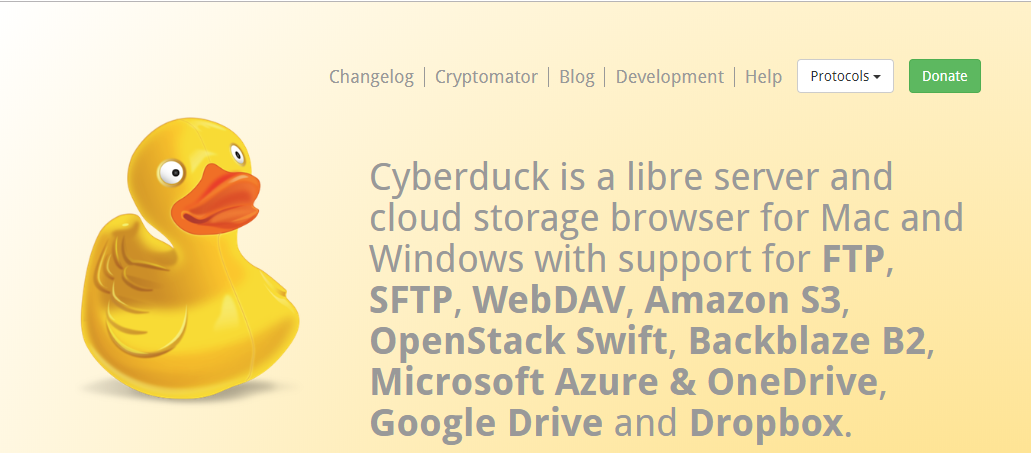
If you haven’t already, it’s highly recommended you have reviewed Command-line Tools in the Advanced Guide. Additional features such as setting metadata which is used for most advanced features are not available via the Dashboard. You can create, delete, copy, and download objects and containers using the RAC Dashboard.

We offer Swift in both the Calgary region and the Edmonton region. By default only you (when provided with your credentials) can access your objects, and with ACLs you can manage read and write access for other users on a container level. a shared storage alternative), your personal computer, or elsewhere. You can access your objects from anywhere in the world - whether it's on one or more of your instances (eg. (If you would like to use these feature please contact us at ) Of note at present we don’t offer the S3 compatibility API used by some libraries to connect to Swift. You can gain access to your containers and objects using several methods including the RAC Dashboard, the swift command line client, interacting with the Swift API itself, or using a popular GUI application. tax records, backups, etc.)Īpps that leverage extensive metadata on a file Our implementation of object storage is powered by OpenStack’s Swift.

It’s possible to mimic folders by using ‘/’ in an object’s name but from a system point of view there is no folder support. Object Storage doesn’t have support for a deep hierarchy objects are stored in containers but containers may not be inside another container. Object Storage excels at handling unstructured data and provides a location for you to store objects to be accessed by instances or if you wish generally online as well. It ensures data integrity, provides data protection, and scales to millions of objects without requiring traditional filesystem management. Object Storage provides the ability to turn any file and any associated metadata into an object accessible by an HTTP API from anywhere.


 0 kommentar(er)
0 kommentar(er)
